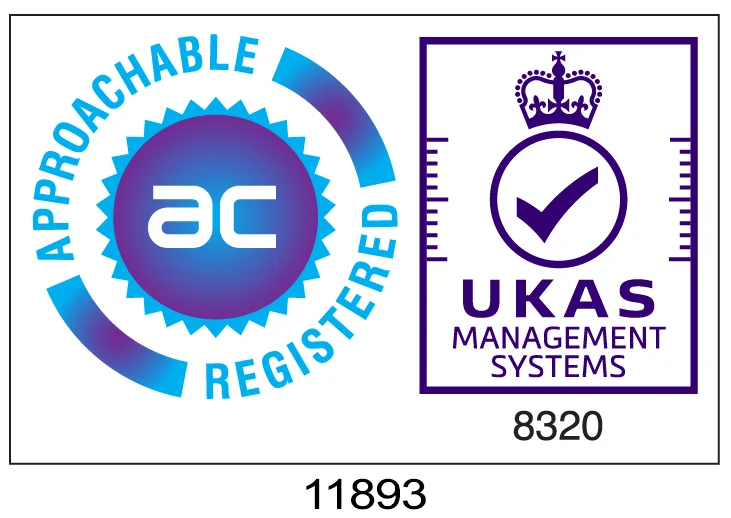By Chrissi Jackson, Chief Product Officer at Totalmobile
At its core, field service is about connecting people with assets, jobs, and locations so the right thing gets done, in the right place, at the right time, with the right result. That may sound simple, but anyone working in the sector knows it’s really not.
You don’t need to look far to find headlines packed with AI breakthroughs, IoT expansion, and digital transformation strategies. It’s fairly unavoidable these days, but for field service management (FSM), the real shift isn’t about chasing the next big technology trend. It’s about going back to basics and getting those basics right.

The Gap Between Transformation and Reality
Digital transformation gets talked about a lot. But in practice, too many programmes start with the tools, not the outcomes. If you want smarter field work and better service delivery, you have to start with what matters: improving service quality, reducing costs, and creating better experiences for both customers and employees. From there, you work backwards to decide how technology supports those goals. Without that grounding, transformation becomes a series of disconnected upgrades that never deliver the full benefit.
The Power of Connected Data
Connected data is what shifts FSM from reactive to predictive and proactive. It reduces friction, increases transparency, and gives teams the context they need to make better decisions on the spot. We’re seeing this in predictive maintenance, where integrated systems and IoT data mean issues can be spotted and fixed before they become service failures. We’re also seeing it in how data turns isolated tasks into seamless service, closing the loop with real-time insights and feedback. Data is only useful when it supports action. That means coupling it with intelligent scheduling to align people, assets, and jobs as efficiently as possible.

Where AI Fits In
Field service management will always be a human-first concern. AI isn’t here to replace planners, operatives, or leaders; it’s here to make them more effective in what they deliver. That might be spotting patterns in service requests that a human would perhaps overlook. Or using generative AI to give an operative an instant, contextual view of a tenant’s property history, so they can make faster, better decisions. The value is in finding leverage points, the changes that have a big impact but are hard to identify without help. That’s where AI and human expertise together will drive the biggest gains.
Doing More With Less
Workforce shortages, rising demand, and tighter budgets are unfortunately the reality across many field service sectors. Connected digital platforms can help organisations do more with less by:
- Identifying small operational changes with a big effect on performance
- Forecasting the impact of rising demand
- Reducing friction for field teams with field-first tools that mirror real-world workflows
- Keeping teams engaged by making it easier to capture and use data in the moment
But this only works if you have a clear data strategy and the right mix of systems designed for your context and users.
Where to Start
If you want to simplify and improve field work this year:
- Understand what’s really happening now. Capture and interrogate the data that matters most.
- Remove friction. Use software built for your problems, not generic solutions.
- Design for people. Prioritise user-centred design to fit actual workflows.
The biggest shift coming through? It’s AI, without question. But the opportunity isn’t in replacing people. It’s in augmenting them. The organisations that prepare now, combining the best of human and machine intelligence, will set the pace for the future of field service.







